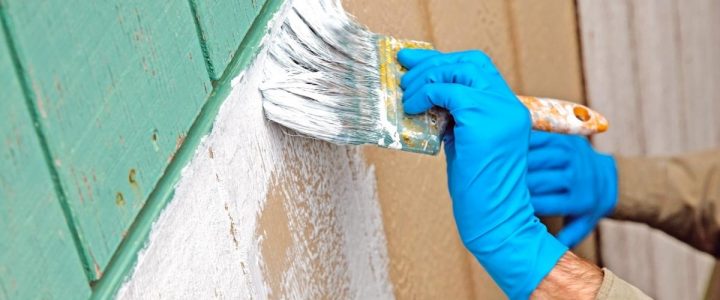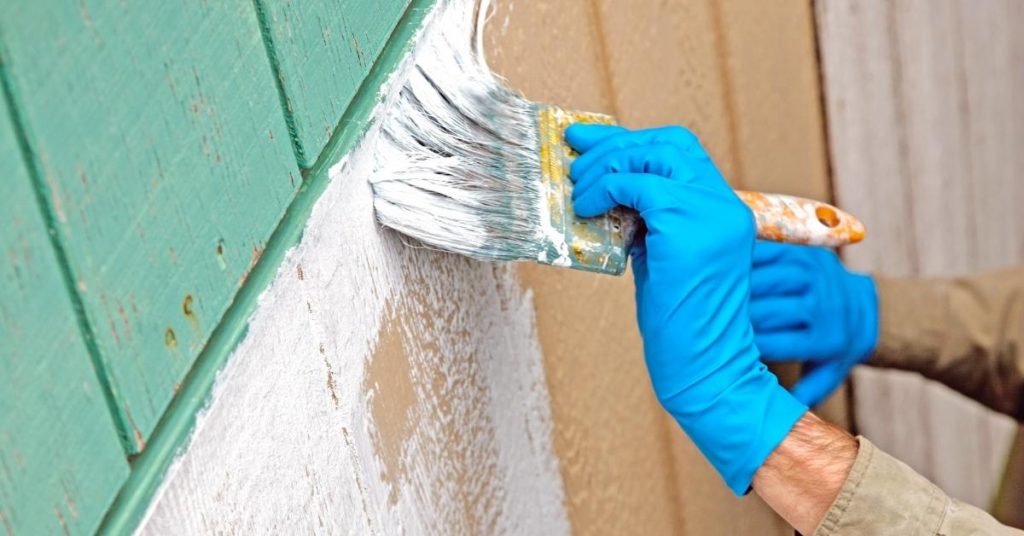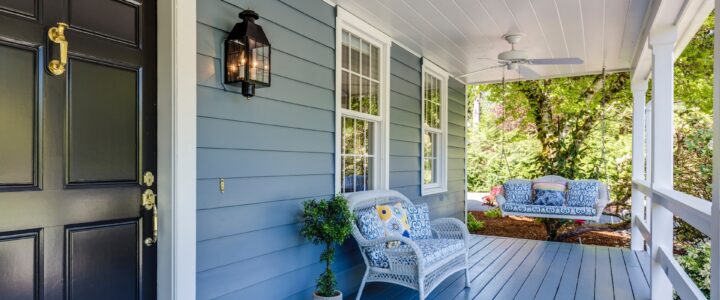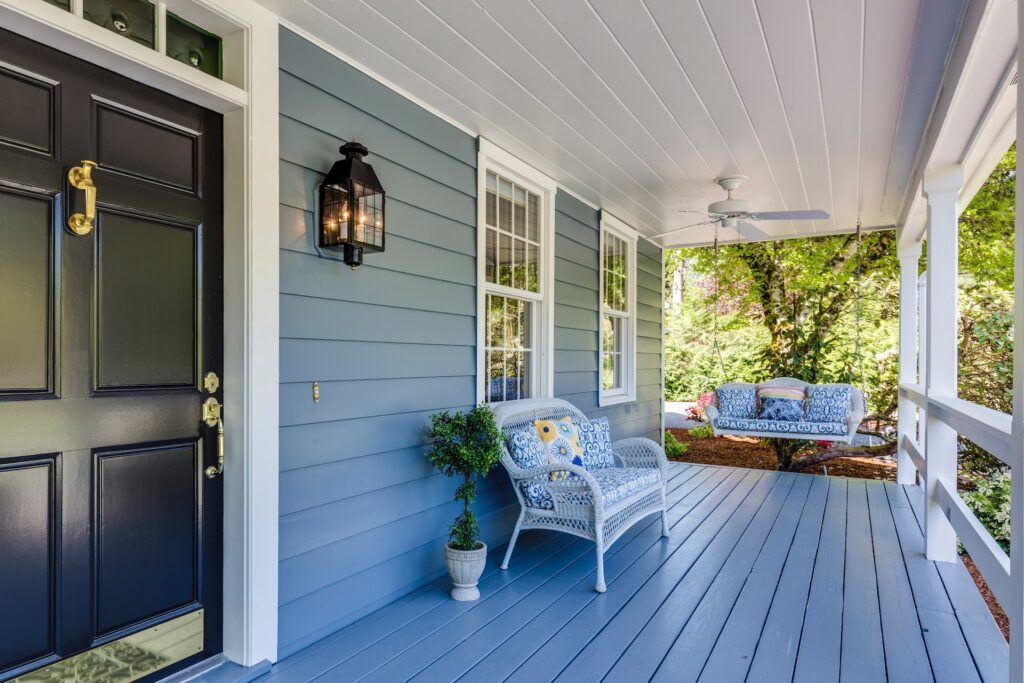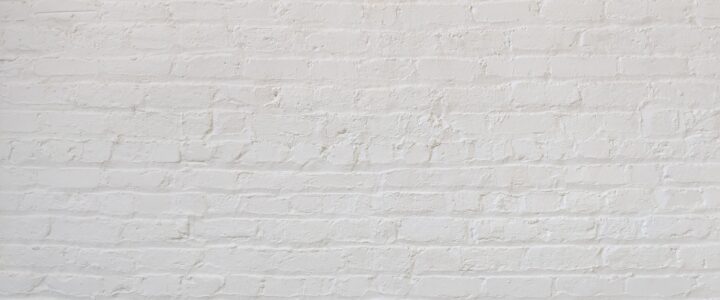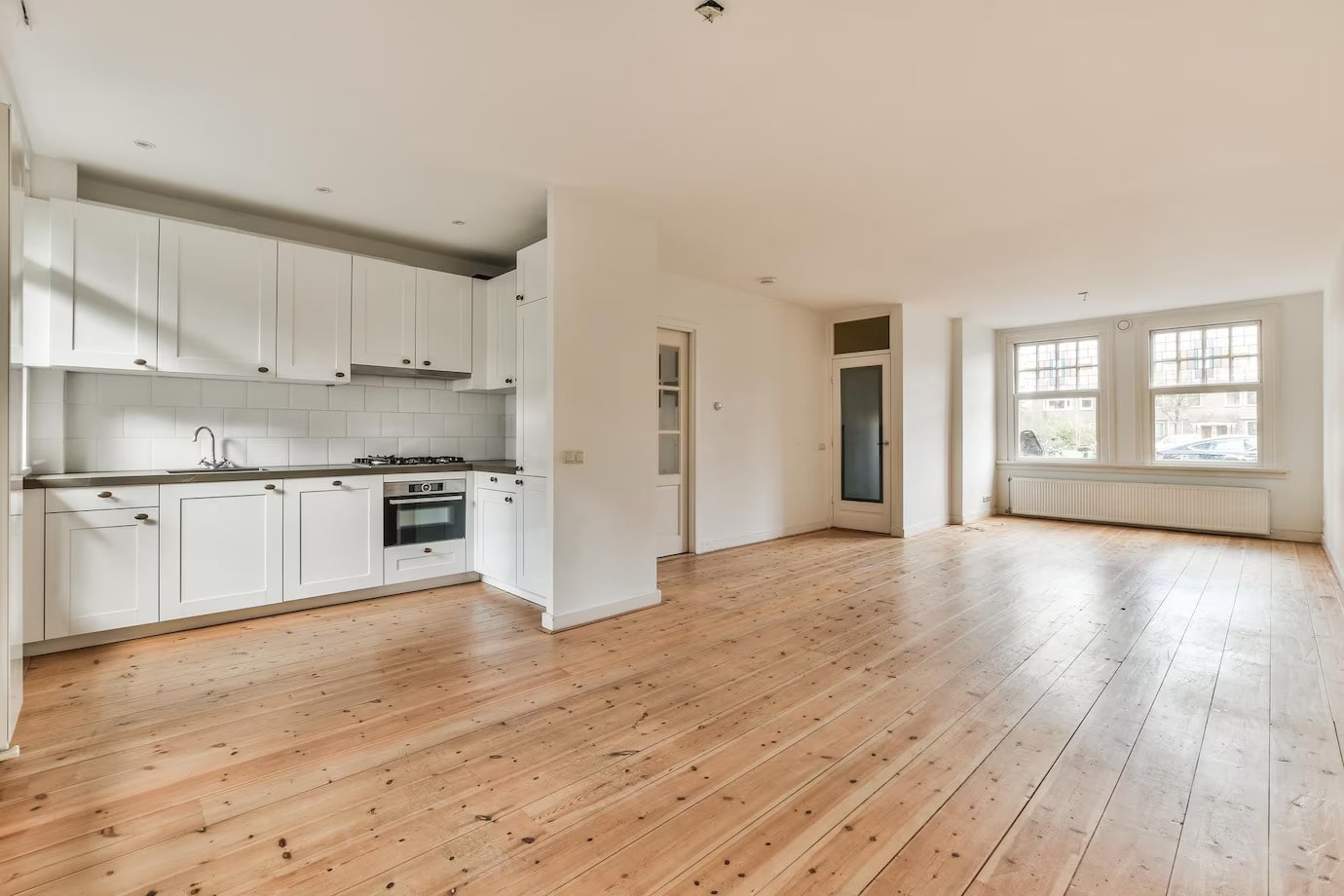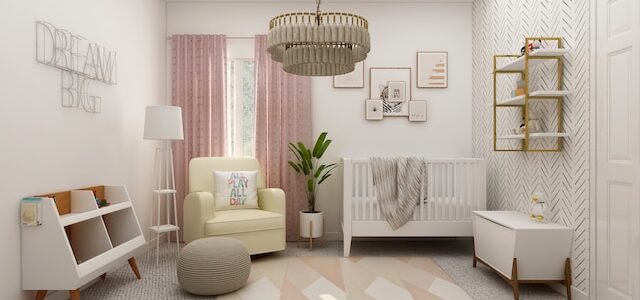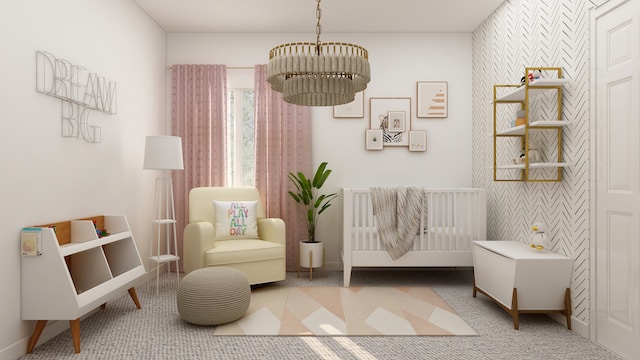
The materials you choose in DIY and home improvement can make all the difference. Among the many options for metal steel supply near me in Southington, CT, rectangular aluminum tubing stands out for its versatility, strength, and ease of use. Whether you’re a seasoned DIY enthusiast or a beginner looking to start your first project, incorporating this material can lead to stunning results. Below, we explore six top DIY project ideas that make the most of rectangular aluminum tubing, showing you the potential of metalwork in enhancing your living space.
1. Customized Shelving Units
One of the simplest yet most impactful ways to utilize rectangular aluminum tubing is by creating customized shelving units. Aluminum’s strength and lightweight nature make it ideal for supporting heavy loads and perfect for books, decorative items, or kitchen supplies. Design your shelving framework with aluminum tubing, adding wooden planks or glass for the shelves. This project adds a modern industrial touch to any room and offers a practical storage solution.
2. Elegant Frame for Mirrors or Artwork
Elevate the look of your mirrors or artwork with a custom frame made from this versatile metal steel supply near me in Southington, CT. By cutting the tubing to your desired dimensions and assembling a frame, you can add a sleek, modern border to your decorative pieces. This approach works exceptionally well in contemporary spaces, bringing an element of sophistication and highlighting your artistic taste.
3. Innovative Garden Structures
For those with a green thumb, rectangular aluminum tubing offers an exciting opportunity to create innovative garden structures. From sturdy trellises for climbing plants to lightweight frames for protective greenhouses, aluminum’s resistance to corrosion makes it an ideal choice for outdoor projects. Such structures enhance your garden’s functionality and contribute aesthetically, adding a modern architectural element to the natural landscape.
4. Durable Outdoor Furniture
Why settle for store-bought when you can build durable and stylish outdoor furniture using this quality metal steel supply near you in Southington, CT? Design everything from benches and tables to lounge chairs, tailored to fit your outdoor space perfectly. Aluminum’s durability ensures your furniture withstands the elements, providing a comfortable and chic setting for outdoor gatherings.
5. Unique Lighting Fixtures
Get creative with lighting by constructing unique fixtures out of rectangular aluminum tubing. Whether a floor lamp, a hanging pendant, or an artistic wall sconce, aluminum tubing can be bent and cut to create various shapes and designs. Pair your metalwork with different light sources for a bespoke lighting solution that’s sure to be a conversation starter.
6. Decorative Room Dividers
Create functional and decorative room dividers using rectangular aluminum tubing for a modern twist on space management. You can form intricate patterns or simple grids by welding or joining pieces together, filling them with glass, fabric, or wood panels. This project allows you to redefine your living spaces, providing privacy and style in equal measure.
Where to Find Your Metal Supplies
Finding a reliable metal steel supply near me in Southington, CT, is crucial to bringing these projects to life. Quality materials are the foundation of any successful DIY project, and rectangular aluminum tubing is no exception. For those looking for top-notch materials, Aluminum Metal Material Suppliers – Fast Metals is a trusted supplier that caters to all your metal needs. Whether you’re embarking on a small home project or a larger renovation, they provide a wide range of metal products to suit any requirement.
Aluminum Metal Material Suppliers – Fast Metals
45 Newell St, Southington, CT 06489, United States
Phone Number: +18609017867



